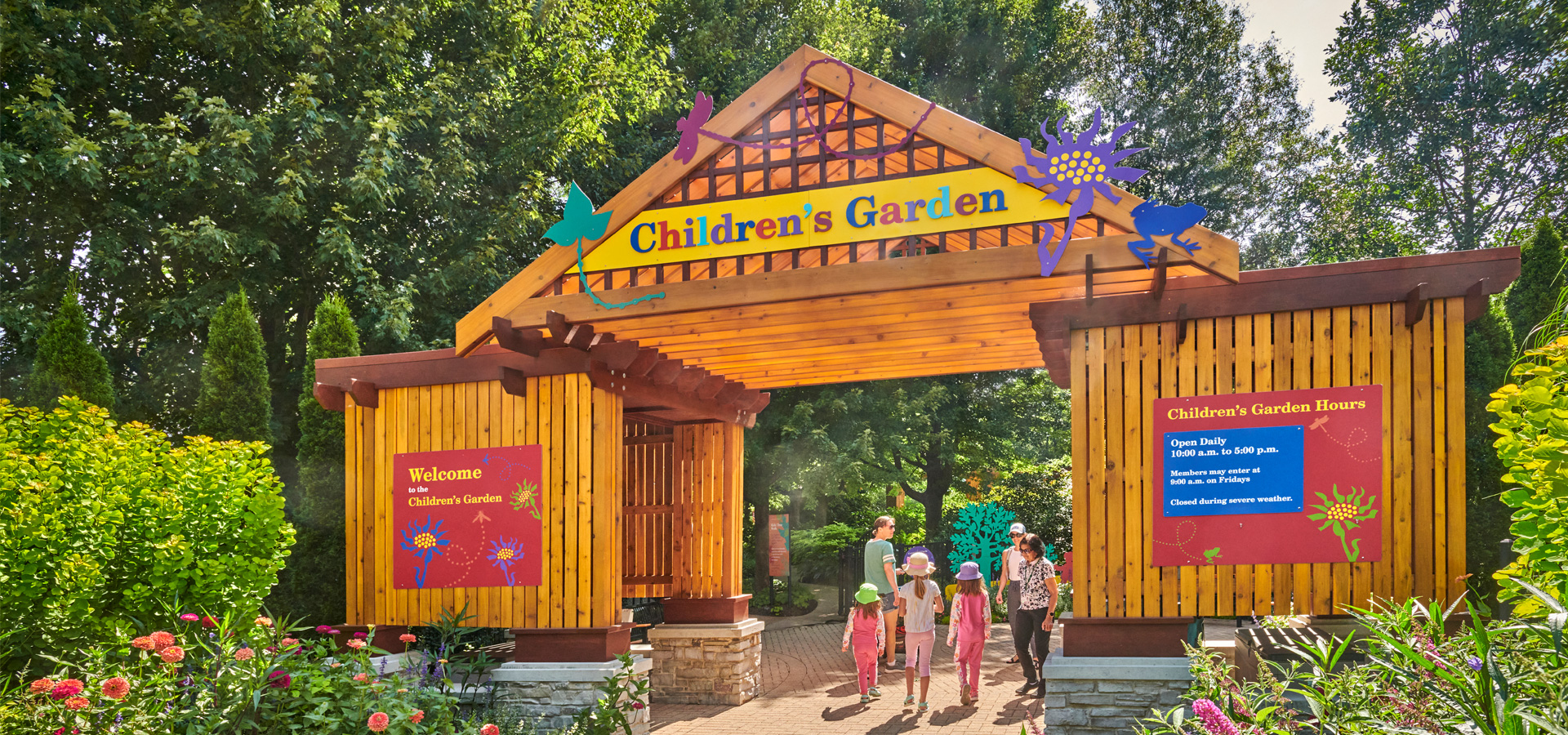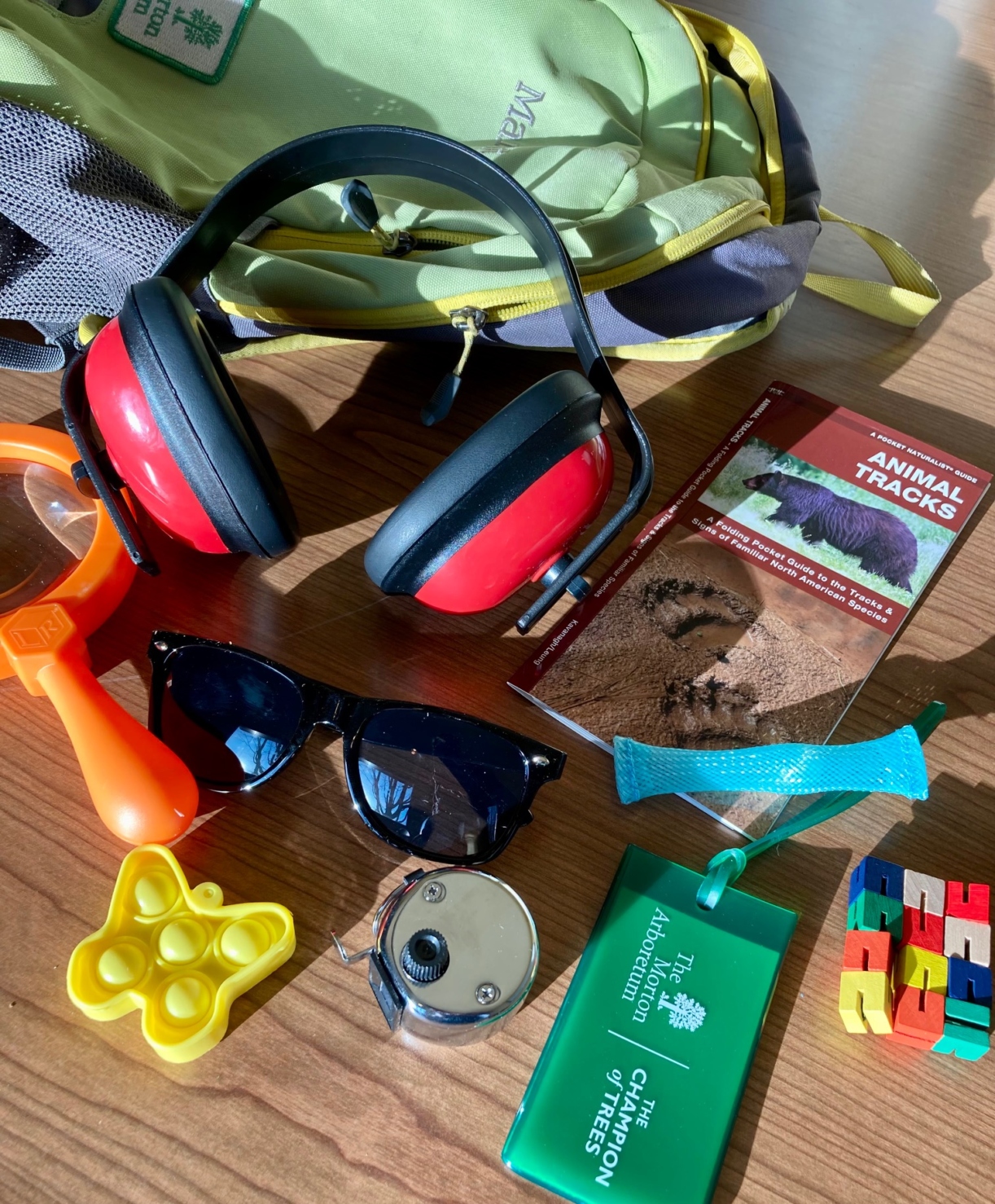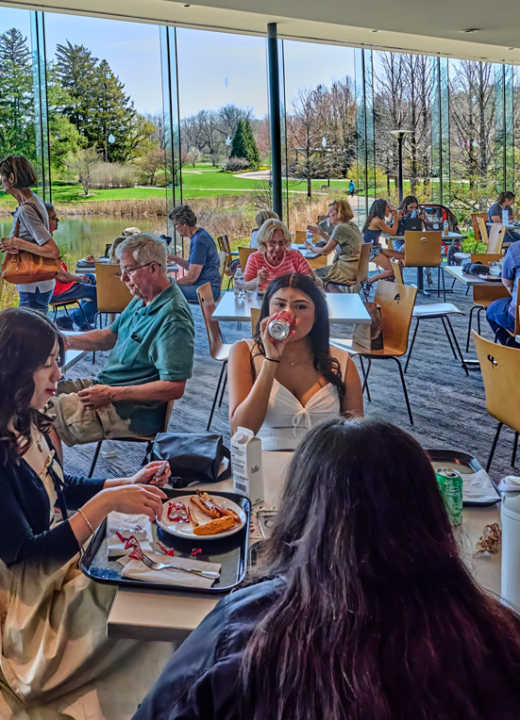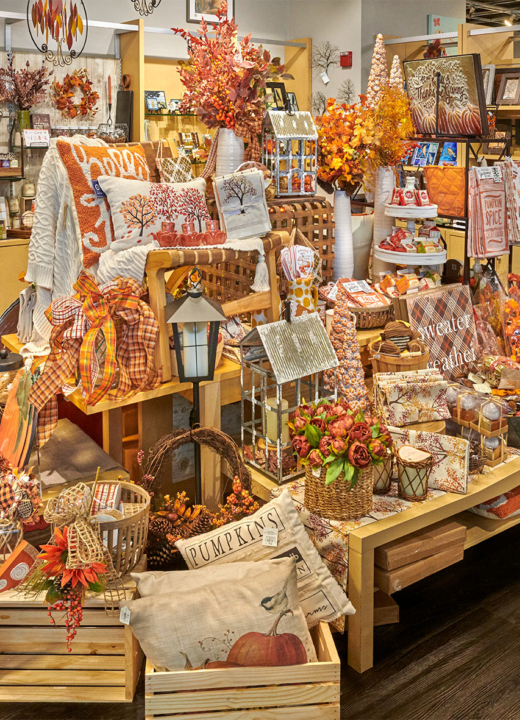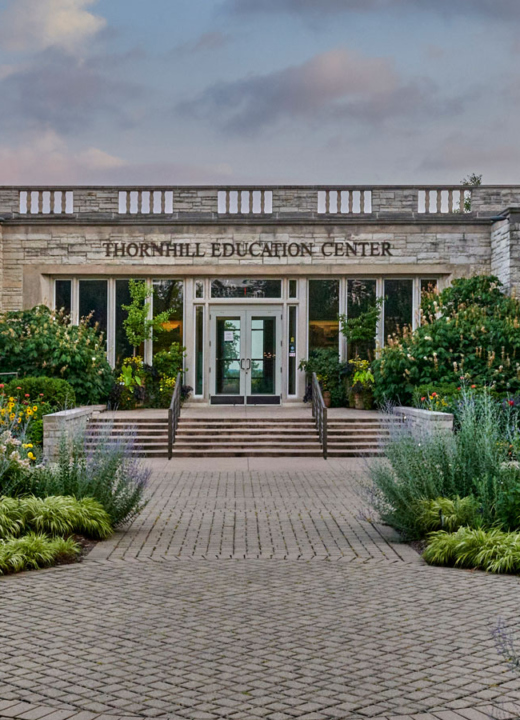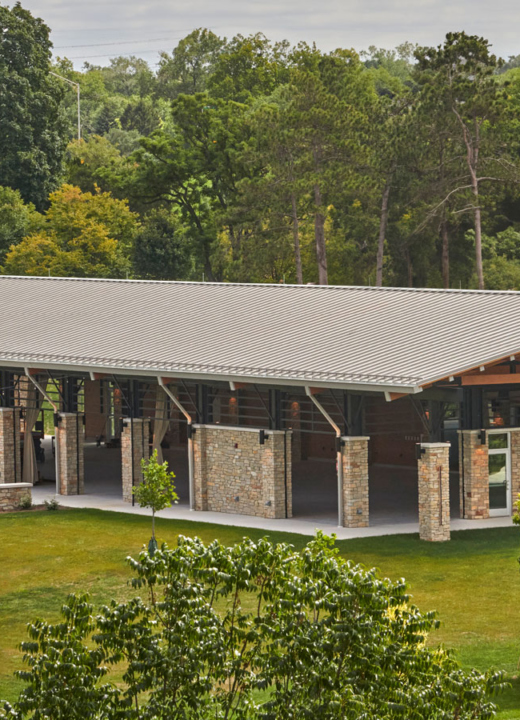Plan Your Visit
While visiting our Children’s Garden, please:
- Stay with your children at all times.
- Climb on play structures only, not on living trees.
- Respect and care for plants and animals.
- Deposit all trash in the bins provided.
- Do not smoke. The Morton Arboretum is a tobacco-free environment. Smoking and tobacco use (including smokeless cigarettes) is not allowed indoors or outdoors within the Arboretum.
- Leave pets, bicycles, alcohol, grills, and active sports at home.
Adventure Woods
Please note that the tree houses and rope bridges in the Adventure Woods area of the Children’s Garden have reached their useful life span and have been removed. Other features in Adventure Woods remain available for guests, including Wonder Pond, the stream, and the Evergreen Lookout.
Picnicking and Facilities
The Children’s Garden picnic area is open to all guests unless reserved for a special program or event. Carryout lunches, boxed water, and other beverages are available at the Ginkgo Café in the Visitor Center. You may also bring your own food. Outside alcohol is not allowed in the Children’s Garden.
Especially on hot days, we advise drinking plenty of water. Restrooms are located in Central Plaza, near the Children’s Garden picnic area.
Rentals
Celebrate a special child in your life in the Arboretum’s award-winning Children’s Garden. Visit our Rentals page for more information.
First Aid and Security
Volunteers and staff are available throughout the Garden to assist you and provide first aid, if necessary.
Supported by

